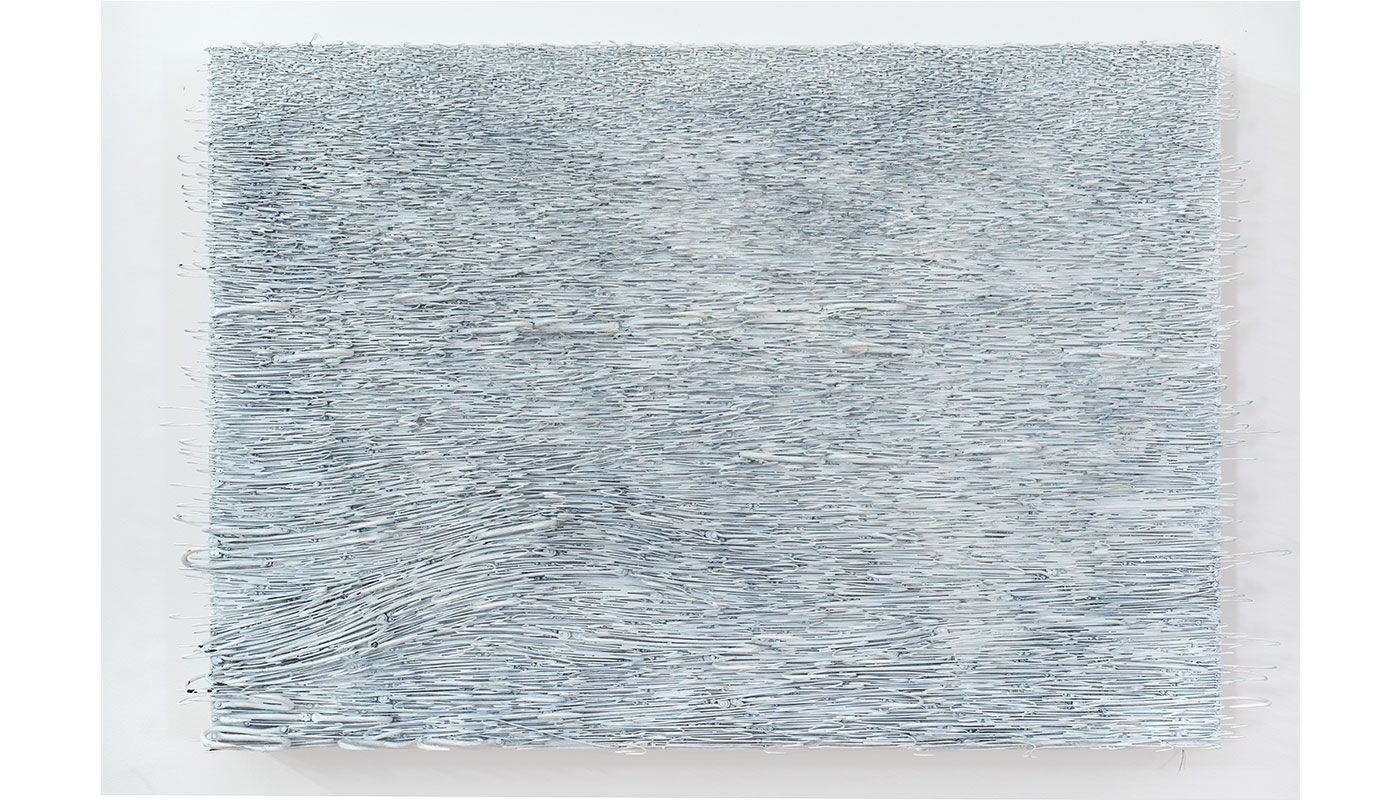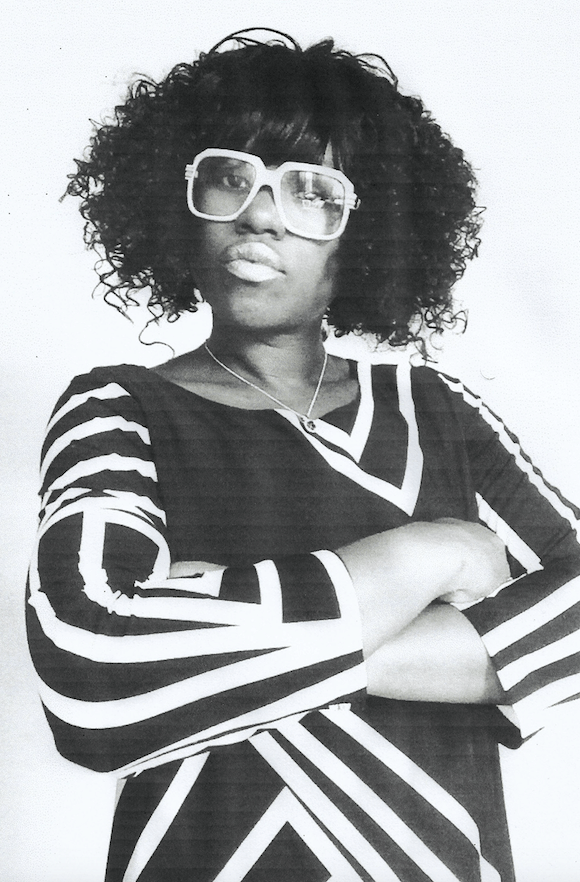The seventh edition of The Art Basel and UBS Global Art Market Report provides a comprehensive, macro-economic analysis of the state of the global art market in 2022. The Art Market 2023 looks closely at how the lingering effects of the pandemic continue to affect the market and forecasts key trends for the year ahead. The Art Market 2023 is written by cultural economist Dr. Clare McAndrew, founder of Arts Economics, and published by Art Basel and UBS.
Key findings of The Art Basel and UBS Global Art Market Report include:
- Global Sales: Global art sales continued on an upward trajectory with 2022 seeing an increase of 3% year-on-year to an estimated $67.8 billion, bringing the market higher than its pre-pandemic level in 2019. However, performance varied by sector, region, and price segments, resulting in a more muted growth overall in comparison to 2021. One of the main drivers of growth in values across all sectors in 2022 continued to be sales at the high end of the market. The volume of transactions recorded very minimal growth of 1%, with the rise largely coming from more dealer sales.
- Leading Markets: The US retained its leading position in the global art market with its share of sales by value increasing 2% year-on-year to 45%. The UK overtook China to move back into the second place with 18% of sales, while China’s share decreased 3% to 17%. France maintained its position as the fourth largest market globally with no adjustment to its global share of 7%.
- The US has seen the most robust recovery from the pandemic of all the major art markets, with growth continuing in 2022 and sales recording an 8% uplift year-on-year to their highest-ever level of $30.2 billion. This growth was buoyed by a major increase at the high end of the auction sector and moderate growth in dealer sales.
- Despite another year of intense political and financial concerns, the UK was able to maintain a stable momentum of growth, recording a moderate rise of 5% to $11.9 billion. Despite this growth, sales remained below their pre-pandemic level in 2019 of $12.2 billion.
- After a strong recovery in 2021, Mainland China and Hong Kong reported a significantly more challenging year in 2022 with a steep decline in sales of 14% year-on-year. At $11.2 billion, sales in the region were still 13% above 2020, but their second- lowest level since 2009.
- Dealer Figures: Dealer sales reached an estimated $37.2 billion in 2022, a 7% increase year-on-year, restoring the market to its value before the pandemic in 2019. Surveys of the sector revealed that dealers with the highest turnovers of over $10 million saw some of the largest increases in average sales (at 19%),
while the smallest businesses struggled due to price conscious and cautious buyers, escalating costs, and more stagnant sales, including a decline of 3% for those with turnover of less than $250,000. The share of sales to new buyers declined in 2022 for all dealers with turnover of more than $500,000.
- Auction Figures: While 2022 was headlined by strong sales in the auction sector, with many record prices achieved at the upper end, away from these headlines, overall figures were much more subdued. Total sales conducted by auction houses, including both public and private sales, were estimated to have reached $30.6 billion, down 2% from the previous year ($31.2 billion in 2021), but still 11% higher than pre-pandemic 2019. Sales in the public auction sector dipped slightly by 1% to $26.8 billion, with growth confined largely to the high-end of the market. In the fine art auction market, sales of works priced over $10 million increased by 12%, while virtually all other price segments experienced a drop in value year-on-year in 2022. With a much fuller auction calendar absorbing supply and some strong sales at the high end of the dealer sector, private sales also declined to just under $3.8 billion. The US, China, and the UK remained the dominant auction markets, with a combined share of 76% of public auction sales by value, stable on 2021.
- NFTs: Following a surge of popularity in 2021 with sales of close to $2.9 billion, the frenzy of activity surrounding art-related NFTs fell significantly in 2022. Sales on NFT platforms outside the art market fell to just under $1.5 billion, a decline of almost 50% year-on-year, although still over 70 times their level in 2020. Overall, the decline in the value of sales of art-related NFTs was greater than any other segment of NFTs, with art sales accounting for only 8% of sales on the Ethereum network in 2022 (compared to 24% in 2020). With significantly less focus on escalating prices and financial returns, attention in the art market has shifted to the longer-term impact of blockchain applications for the art trade and beyond.
- Online Sales: As the event-driven market resumed its more regular schedule in 2022, both dealers and auction houses reported a further reduction in the
share of their sales accounted for by e-commerce in 2022. Following two years of unprecedented growth, online-only sales fell to $11 billion in 2022, a 17% decline year-on-year from their peak of $13.3 billion in 2021, although still 85% higher than in 2019. Online-only sales accounted for 16% of the art market’s turnover in 2022, down from the peak of 25% in 2020. However, despite this decline, the market has not reverted to its pre-pandemic division of online versus offline sales, and seems unlikely to in the near future, given the investment the art trade has made in digital strategies, along with the increasing acceptance of e- commerce by collectors. - Art Fairs: Fairs returned in force in 2022, with collector travel picking up and galleries exhibiting at the same number of fairs as they had in 2019 on average. Sales at in-person art fairs rose significantly from 27% of total dealers’ sales in 2021 to 35% in 2022, though still below pre-pandemic levels of 42% in 2019. The largest shares were reported by the biggest dealers, including 40% for those turning over more than $10 million, with the majority at international fairs. Just over half (51%) of dealers predicted art fair sales would increase (down from 65% in 2021), 13% expected a decline, and the remaining 36% thought they would remain stable.
- Outlook: Looking forward to 2023, 45% of dealers expected an improvement in sales, with 10% predicting a significant improvement. Maintaining relationships with existing collectors, attending art fairs, and online sales remain the top priorities for dealers in the next five years, with the need to widen the geographical reach of their client base in close fourth position as a future priority. In the auction sector, surveys of the mid-tier businesses revealed that 48%
forecasted improvement in their sales, while 24% predict a downturn; and 60% expect their online sales to increase, while only 4% predict a decline. Most (77%) HNW collectors likewise remained positive about the outlook for the global art market, and a majority (55%) planned to buy art in 2023, including shares as high as 65% in major art markets such as the US.
Clare McAndrew, Founder, Arts Economics, said: ‘After two years of disruption from the global pandemic, 2022 started out as the first year of a more regular momentum for art market sales and activities. The year was marked by some exceptional sales in both the auction and the dealer sectors; however, performance varied significantly across regions and value segments, resulting in more muted growth overall. Businesses at the higher end performed significantly better than the rest of their peers, creating a denser concentration at the top and leaving hierarchies unchanged. The post-pandemic art market has significantly changed in other ways though. New working practices have emerged after the crisis, boundaries between traditionally distinct segments have continued to blur, and there has been an accelerated shift to online sales, which, despite moderating in 2022, appears to have permanently settled at a higher level alongside the enthusiastic return to a fuller schedule of events.’
Noah Horowitz, CEO, Art Basel, said: ‘The global art market continued to grow in 2022, exceeding pre-pandemic levels. This was largely catalyzed by the return of the event- driven cycle of art fairs, gallery openings, and auctions, as well as gains at the highest end of the value spectrum. Although ongoing economic and sociopolitical uncertainties and increased regulations on international trade pose challenges to the art business, and despite the fact that the overall shape of the market’s recovery has been uneven coming out of the COVID-19 pandemic, this year’s report once again underlines the dynamism that continues to underpin the industry, as well as the resilient demand for art on a global basis.’
Paul Donovan, Chief Economist at UBS Global Wealth Management, said: ‘While we continued to face economic challenges in 2022 with inflation staying high, rising interest rates and the fall of growth expectations, collectors demonstrated a steady pursuit for art with global sales up by 3%. The global art market proved its resilience. In the context of the global economy, 2023 will be a year of inflections as we navigate turning points for inflation, interest rates, economic growth, and financial markets all up against a complex global geopolitical backdrop.’
Please click here to access The Art Basel and UBS Global Art Market Report for free.










